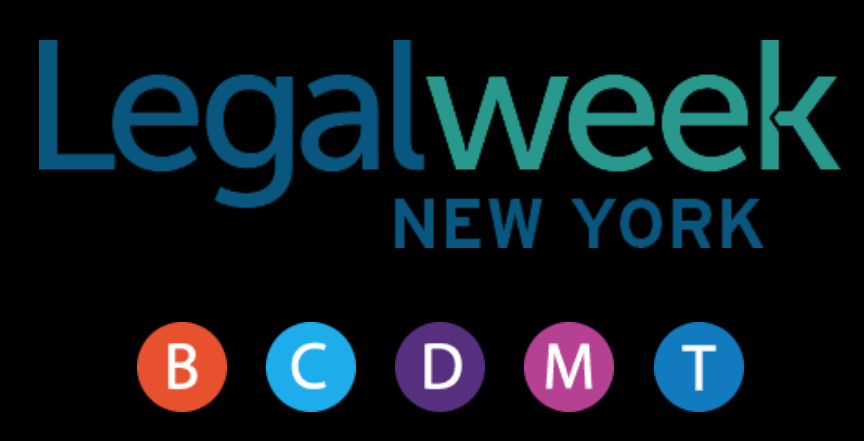Tag: Trends
-

LegalWeek 2018: The Future Phase of the Legal Industry Holds Choppy Waters for Big Law
Originally published in the Legal Executive Institute By Joseph Raczynski NEW YORK — Believe it or not, Big Law is primed to be disrupted within the next several years. At least according to one version of the future from LegalWeek’s fascinating snapshot of the state of the legal industry in 2018. Steve Kovalan and Nicolas Bruch,…
-

Emerging Technology in the Legal Industry (Video)
By Joseph Raczynski In this Vlog, learn about Emerging Technology in the Legal industry. I focus on the impact of the Trinity of Forces (Cloud, Infinite Processing Power and AI) on Emerging Technology in the Legal industry. The Emerging Technologies discussed are: Artificial Intelligence, Blockchain, Analytics, VR/MR/AR (Virtual Reality, Mixed Reality and Augmented Reality) and…
-

Blockchain Explained (59 mins)
By Joseph Raczynski This is a talk that I gave recently about Blockchain technology based on my engagement and understanding of the technology since Bitcoin circa 2011. I preface this with how technology is having an impact on all of our lives – exponentially. It serves as a complete overview of what Blockchain technology is…

